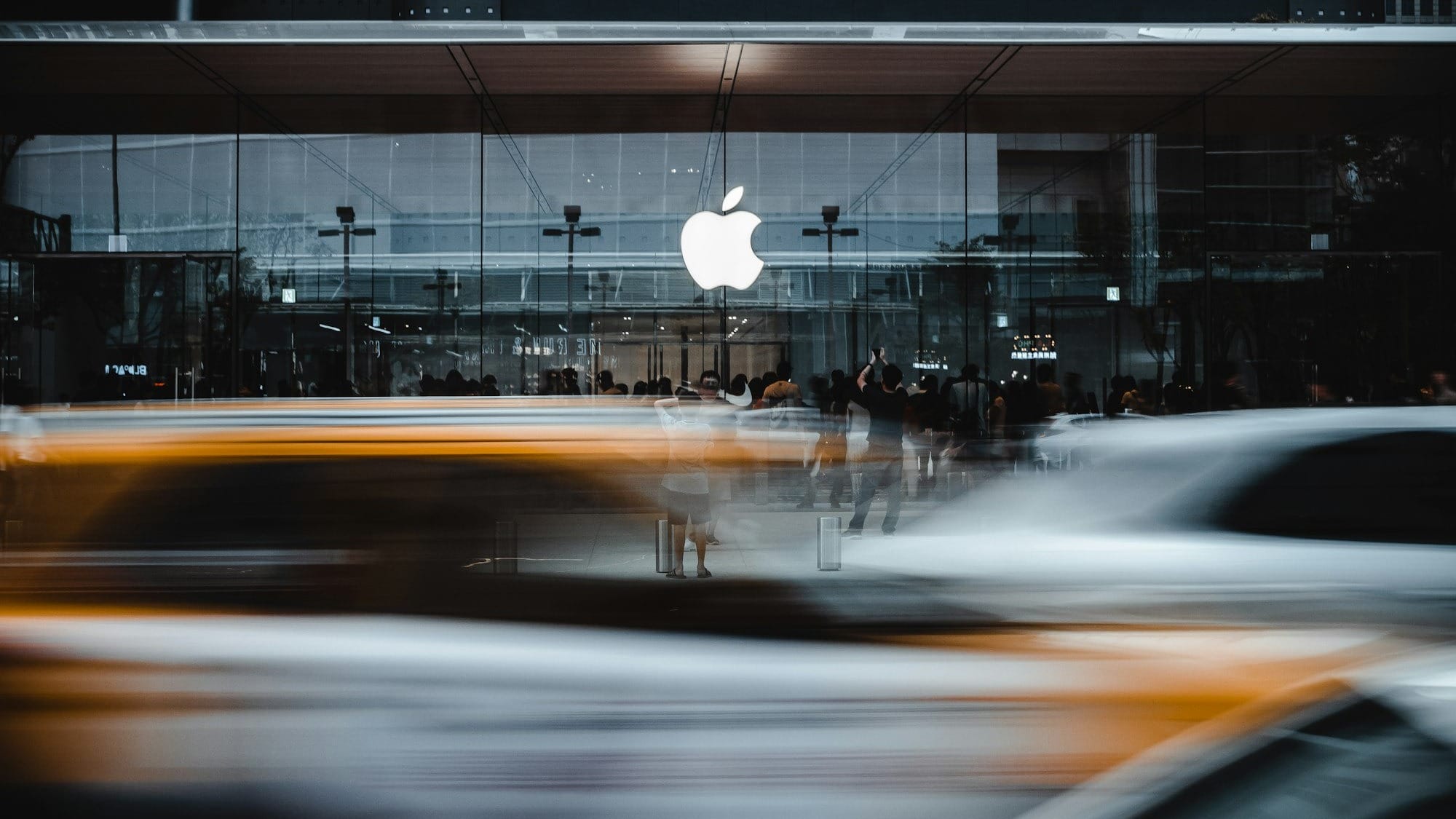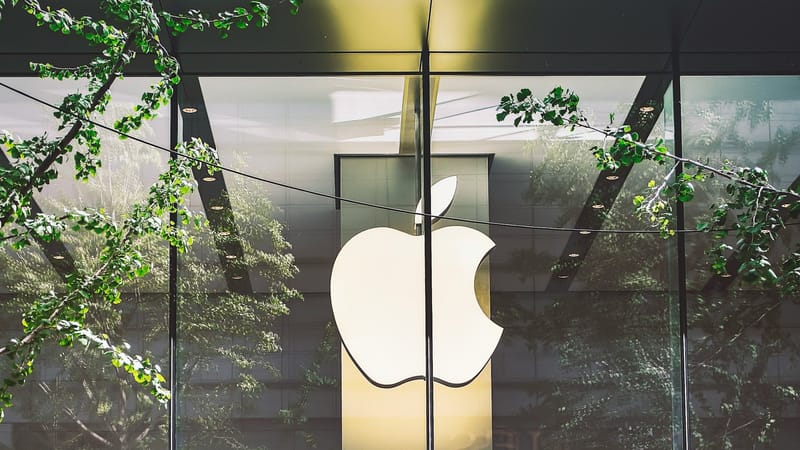Apple’s iPhone 17 Frenzy Sends Stock to Record High, But Can the Buzz Last?
Apple just reminded Wall Street who runs the show. The world’s most valuable company saw its shares jump nearly 4% on Monday, trading at a record high and adding about US$150 billion to its market value after Counterpoint Research reported that the iPhone 17 is outselling the iPhone 16 in both the US and China. For a company often accused of losing its innovative spark, that is quite the comeback montage.
The Comeback Kid
According to Counterpoint, iPhone sales rose 14% year on year during the first ten days of release, while sales of the standard iPhone 17 were up by nearly one third. The reason is refreshingly simple: value for money.
“The base model iPhone 17 is very compelling to consumers, offering great value for money,” said Counterpoint analyst Mengmeng Zhang. Translation: people like nice things that do not cost more than last year.
It helps that the phone actually improves on its predecessor. The iPhone 17 brings a faster chip, a brighter display, more base storage and a better selfie camera, all at the same price as the 16. In China, where the economy remains cautious, that combination is proving irresistible.
Add in carrier discounts and online shopping coupons, and the entry-level iPhone suddenly looks like the smart choice, the tech-world equivalent of buying champagne on a prosecco budget.
The Premium Tier Still Pulls
At the high end, the iPhone 17 Pro and Pro Max are doing the heavy lifting. They come with upgraded zoom lenses and the usual performance extras that Apple fans expect. Carriers are helping by offering bigger subsidies to tempt users into trading up.
Meanwhile, the new iPhone Air, lighter and thinner and priced just below the flagship, is outselling the model it replaced, the 16 Plus. In short, the entire range is performing strongly.
Investors love it when every price point contributes. It signals pricing discipline, product diversity and, above all, a healthy replacement cycle. Apple’s stock is now up 4.8% this year and nearly 12% over the past 12 months. For a US$3 trillion company, that is not a bounce, it is a stampede.
The Fine Print
Even Apple cannot ignore a few hanging threads. The company is under pressure to deliver its long-promised AI-enhanced version of Siri, which was due in June but delayed after performance setbacks.
With Google and Samsung already promoting their own AI-powered phones, Apple’s delay is becoming harder to overlook. Investors will forgive almost anything except falling behind in the AI race.
Then there is China. For now, the iPhone 17’s value pitch is landing, but rivals such as Huawei and Xiaomi are circling with aggressively priced alternatives. Maintaining momentum in Apple’s most competitive market will take more than better selfies.
The Bottom Line
Apple’s latest iPhone cycle has landed like a perfectly timed TikTok drop: polished, rehearsed and instantly viral. The base model is flying off shelves, the premium line is holding strong and Wall Street is once again in love. Yet beneath the celebration lies a simple truth.
Apple’s next rally will depend less on camera upgrades and more on proving that its AI story is as powerful as its design.
For now, the scoreboard belongs to Cupertino. The next act will need something more than megapixels. It will need magic.







